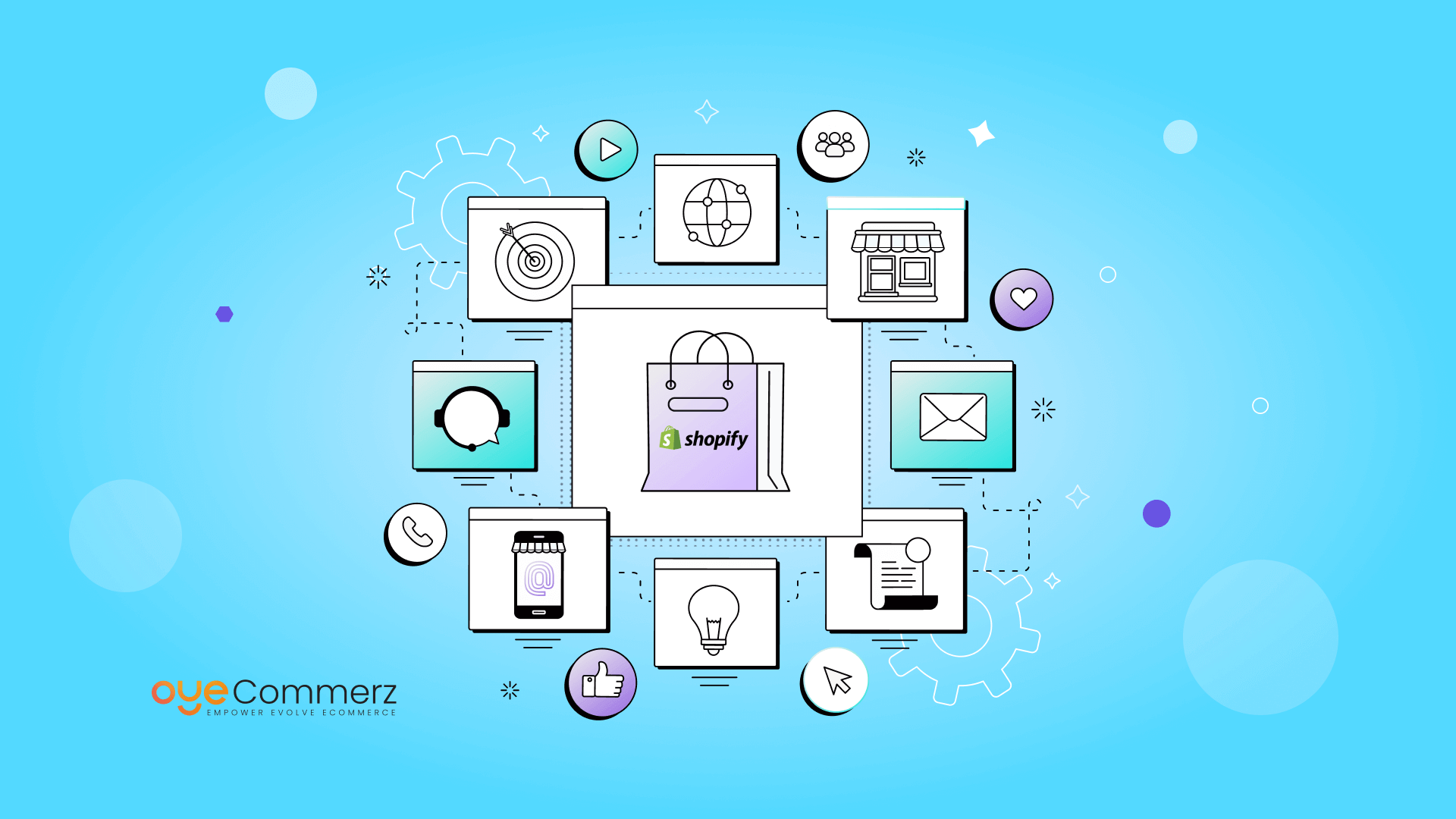Maximize Revenue and Productivity with Personalized Shopify Apps Designed to Grow
Maximize Revenue and Productivity with Personalized Shopify Apps Designed to Grow
Blog Article

Starting Point
In this intense e-commerce landscape, Shopify merchants are constantly looking for strategies to increase sales and streamline their workflow. An impactful solution is through custom Shopify applications designed to meet individual business needs. Integrating with the Shopify API and leveraging resources like the Polaris design system, these solutions empower businesses to grow sustainably while improving user interaction. In this article, we’ll discuss key aspects of Shopify app-building, from design considerations and essential features to best practices for supporting and scaling apps effectively.
1. Grasping Shopify API Connection
A comprehensive grasp of Shopify’s Application Programming Interface—both REST and GraphQL—is essential for building robust Shopify applications. With these APIs, engineers can retrieve, change, and manage details within a Shopify site. The Graph Query Language interface provides fast data handling, enabling quicker responses by retrieving only the necessary elements. Integrating the API allows app creators to customize app capabilities to the business’s specific needs, providing a seamless UX that boosts store efficiency and revenue.
2. Utilizing the Polaris Design System
Shopify’s Polaris framework assists programmers to design a cohesive and intuitive experience across Shopify applications. Polaris provides a suite of building blocks and recommended practices that align with Shopify’s branding, allowing apps feel native within the Shopify platform. This strategy not only supports natural customer touchpoints but also contributes to preserve visual identity, an critical component in fostering trust with clients.
3. Creating within the Shopify Marketplace
The Shopify app ecosystem is broad, enabling developers to create integrated Shopify apps that work within a shop's control interface. Embedded apps simplify the customer journey by linking directly within Shopify’s interface, reducing the need for separate logins or additional navigation. For creators, leveraging Node.js for backend tasks and React.js for the front end has grown into a preferred approach, as such tools enable scalable, user-friendly apps that provide an top-notch user experience.
4. Core Components for Shopify Apps
A successful Shopify application must have functionalities that resolve critical issues in the e-commerce journey. Automated notifications for instant updates, bespoke design style settings, and multi-platform sales capabilities are critical elements that can boost business oversight and user interactions. By integrating these features, Shopify apps go beyond streamline in-house tasks but also improve the overall customer experience.
5. Effective Approaches for Application Building
When building Shopify applications, it’s important to follow standard guidelines. Upkeep methods such as consistent improvements, customer support, and protection protocols are vital for maintaining user trust. Digital marketing for Shopify applications can also be utilized to increase app exposure and user base. Interaction boosters, like app alerts and incentive plans, are essential for maintaining a user base and building a dedicated customer base.
6. Scaling Shopify Applications for Success
As Shopify businesses scale, expanding app capabilities becomes critical to manage increased traffic and feature requests. Adopting cloud-based setups and emphasizing data management through GraphQL can enable applications grow without lagging. It’s equally important to have a roadmap for expanding the app’s framework to handle expansion, which includes a guide for finding a development partner with expertise in Shopify apps.
7. Evaluating the Cost of Building Shopify Apps
Creating custom Shopify apps can range broadly in investment depending on the functions, integrations, and unique adjustments necessary. Key elements like data connections, customer engagement tools, and digital marketing capabilities can add to the investment. However, the revenue benefits is often beneficial, as these apps can directly improve profits and streamline business processes.
8. Upkeep Approaches
Maintaining an app is as important as creating it. Regular updates to address issues, enhance protection, and maintain integration with the latest Shopify platform updates are important. Forward-thinking upkeep methods also feature user assistance and additional improvements that match evolving e-commerce trends.
9. Resources for Creating Shopify Applications
Shopify provides various tools to ease the development process, from coding environments like JavaScript runtime and React.js framework to Webhooks for real-time updates. Platforms including Shopify’s CLI streamline the app creation path, while Shopify App Bridge allows internal apps to work smoothly with Shopify’s control panel. These resources are essential for creating apps that are both operational and easy to use.
10. Future Trends in Shopify App Creation
The future of Shopify app development is bright, with trends heading in the direction of artificial intelligence capabilities, improved cross-channel functionality, and advanced plugin features. As online shopping continues to evolve, app creators will be required to anticipate new directions to build apps that go beyond fulfill but exceed market demands.
Conclusion
Tailored applications for Shopify offer a effective method for online stores to grow effectively, boost sales, and enhance workflows. From connecting with data interfaces and the Polaris design system to core elements and maintenance strategies, each aspect of Shopify app tools Shopify application building plays a crucial role in ensuring a user-friendly journey for shoppers. As Shopify moves forward, anticipating emerging directions in software building will allow developers fully utilize innovative app features Shopify’s powerful ecosystem, reinforcing their place in the e-commerce market.
Report this page